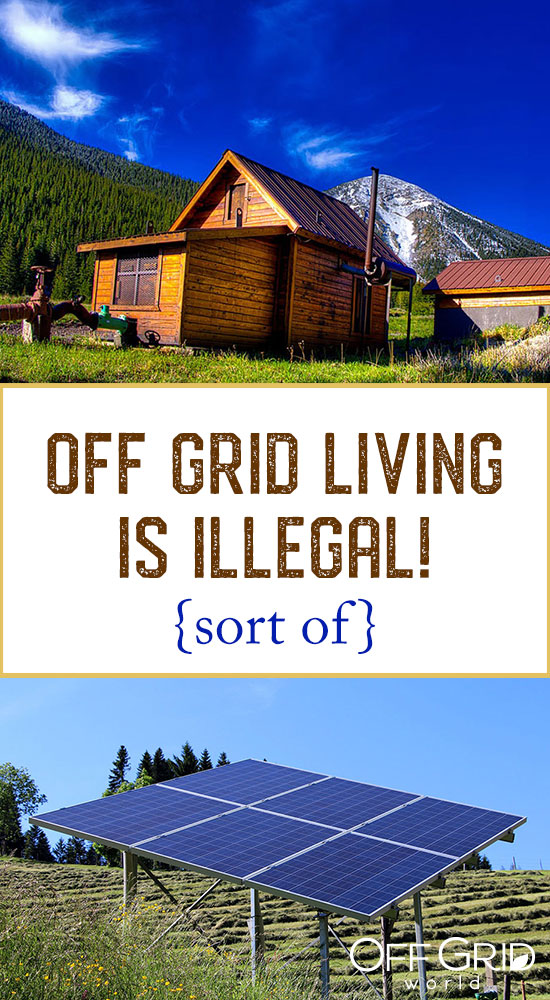
X Trustworthy Source National Geographic Website of the National Geographic Society Go to source Make sure to follow all hunting and firearms rules where you live. Hunting, trapping, and fishing can provide protein for your diet. However, if you’re aiming for maximum self-sufficiency in your off-grid lifestyle, supplement gardening with food gathering methods like the following: For many people, living off-grid still means you have to make trips to the grocery store. Supplement your home garden if you’re aiming for food self-sufficiency.

You need somewhere around 4,000 sq ft (370 m 2) of growing space to grow enough food to feed one person for a year.X Research source It’s equally important to have ways to preserve your food bounty, through methods like freezing and canning. Choose plants suited for your area’s climate and plant them in an area that’s well-drained at gets at least 6 hours of sunlight a day. Even if you can’t grow everything you need in a household garden, aim to supplement your diet with fruits and vegetables raised by your own green thumb. Increasing your food self-sufficiency makes off-grid living more viable. There are off-grid communities around the world. This can be a good choice because it allows you to live off-grid while maintaining connections with other people. And you can drive to a new location if you ever want to.

Modern RVs have kitchens, bathrooms, bedrooms-everything you could need in a home. Many are also portable so it can be delivered to your property. Get in touch with a company that specializes in building tiny homes, which are cheaper than full-size homes but have all of the amenities. Alternatively, look into building your own off-grid home-but be realistic about the amount of time, energy, effort, and money it’ll take! Work with a housing contractor that has lots of experience building tiny homes and other types of off-grid housing.


 0 kommentar(er)
0 kommentar(er)
